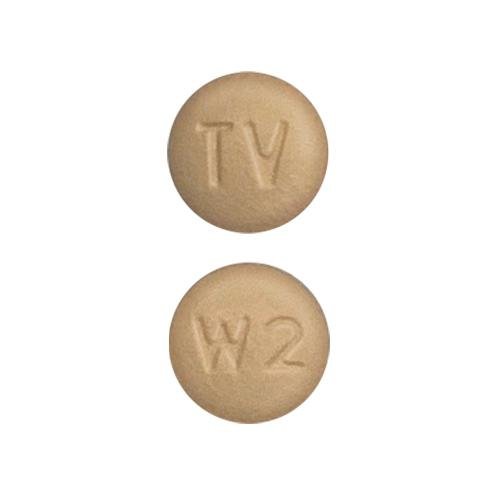Perampanel and Alcohol/Food Interactions
There are 3 alcohol/food/lifestyle interactions with perampanel.
Perampanel Food/Lifestyle
Moderate Food Interaction
Alcohol can increase the nervous system side effects of perampanel such as dizziness, drowsiness, and difficulty concentrating. Some people may also experience impairment in thinking and judgment. You should avoid or limit the use of alcohol while being treated with perampanel. Do not use more than the recommended dose of perampanel, and avoid activities requiring mental alertness such as driving or operating hazardous machinery until you know how the medication affects you. Talk to your doctor or pharmacist if you have any questions or concerns.
Switch to professional interaction data
Perampanel High Cholesterol (Hyperlipoproteinemia, Hypertriglyceridemia, Sitosterolemia)
Moderate Potential Hazard, Moderate plausibility
perampanel - elevated triglycerides
Increased levels of triglycerides have occurred in patients using perampanel. Care should be taken when prescribing this agent to patients with high triglycerides levels, and close monitoring of lipid profile is recommended during therapy.
Perampanel Obesity
Moderate Potential Hazard, Moderate plausibility
perampanel - weight gain
Weight gain has occurred with the use of perampanel. Care should be taken when prescribing this agent to patients predisposed to weight gain, and regular monitoring of weight is recommended.
Switch to professional interaction data
Perampanel drug interactions
There are 332 drug interactions with perampanel.
Perampanel disease interactions
There are 5 disease interactions with perampanel which include:
- renal impairment
- suicidal tendency
- elevated triglycerides
- weight gain
- Perampanel – hepatic impairment
More about perampanel
- perampanel consumer information
- Check interactions
- Compare alternatives
- Pricing & coupons
- Reviews (73)
- Drug images
- Side effects
- Dosage information
- During pregnancy
- Drug class: AMPA receptor antagonists
- Breastfeeding
- En español
Related treatment guides
Drug Interaction Classification
| Highly clinically significant. Avoid combinations; the risk of the interaction outweighs the benefit. | |
| Moderately clinically significant. Usually avoid combinations; use it only under special circumstances. | |
| Minimally clinically significant. Minimize risk; assess risk and consider an alternative drug, take steps to circumvent the interaction risk and/or institute a monitoring plan. | |
| No interaction information available. |
See also:
Further information
Always consult your healthcare provider to ensure the information displayed on this page applies to your personal circumstances.


